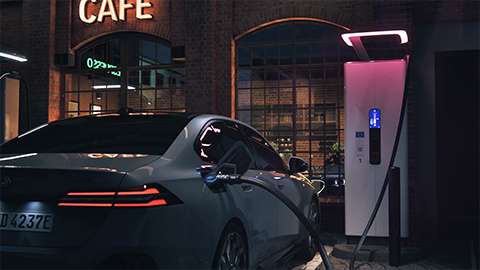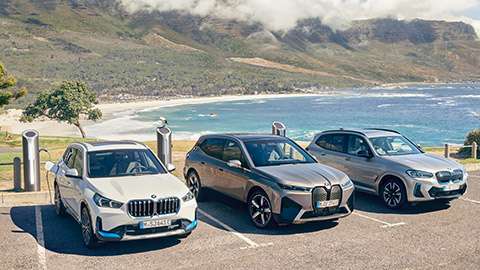Step into a world of BMW e-mobility. Our electric cars combine modern driving with efficient technologies. From elegant sedans to high-performance SUVs – find the car that suits your lifestyle. Find out more about modern charging technologies within a convenient charging infrastructure. Make the most of purely electric range that will get you closer to your destinations in day-to-day life and on longer trips.
BMW ELECTRIC CARS IN COMPARISON.
Our electric cars use state-of-the-art electric drives along with innovative technologies and materials in order to maximise their efficiency and sustainability. Compare our electric models and let yourself be inspired by the future of mobility.
-
BMW iX1 eDrive20.
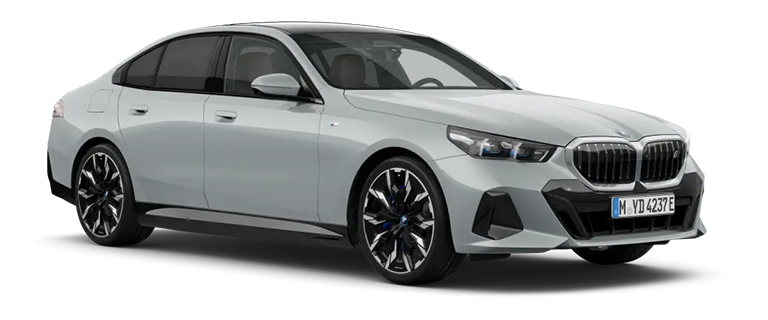
-
BMW i5 M60 xDrive.
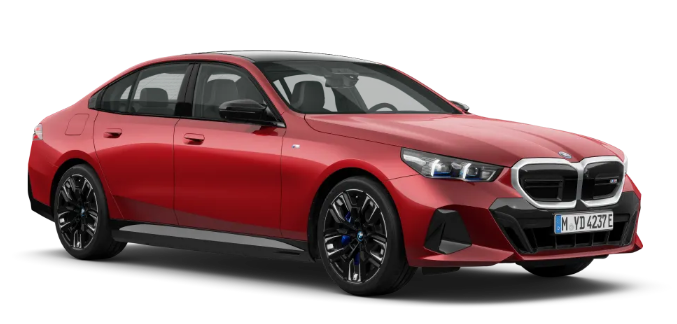
-
BMW i7 xDrive60.
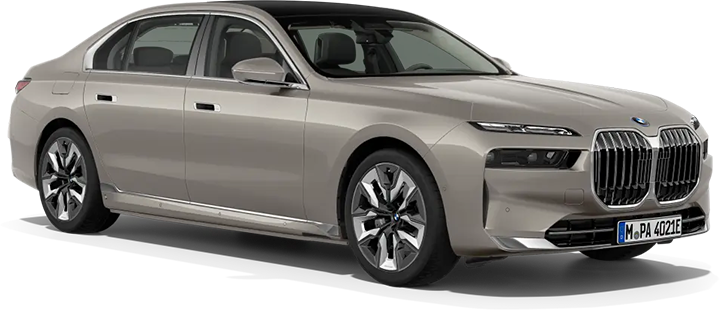
-
BMW iX xDrive40.
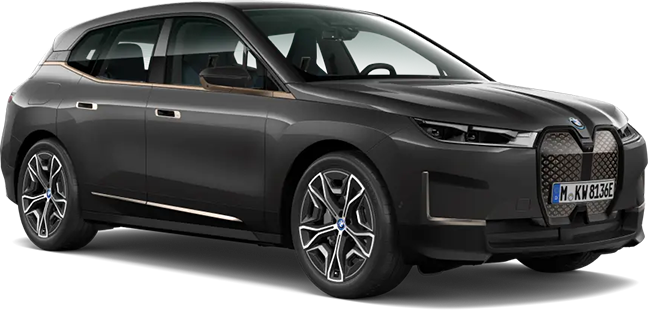
-
BMW i4 eDrive40.
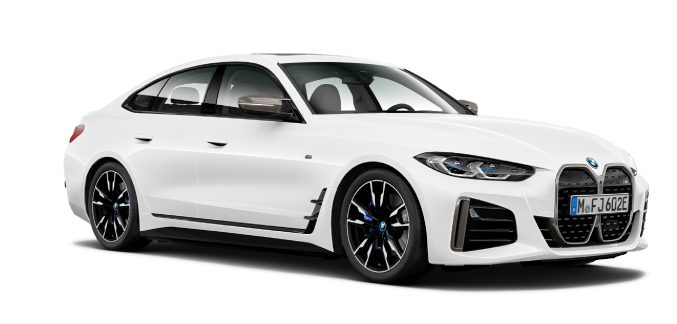
-
BMW iX3 M Sport.
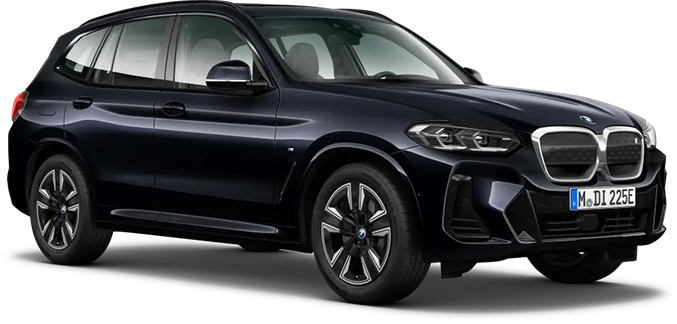
BMW iX1 eDrive20.
- Electric range (WLTP)[2][3]: up to 475 km
- Engine power: 150 kW [4]
- Acceleration 0-100 km/h: 8.6 s
- Power consumption (WLTP)[3]: 154-172 Wh/km [3]
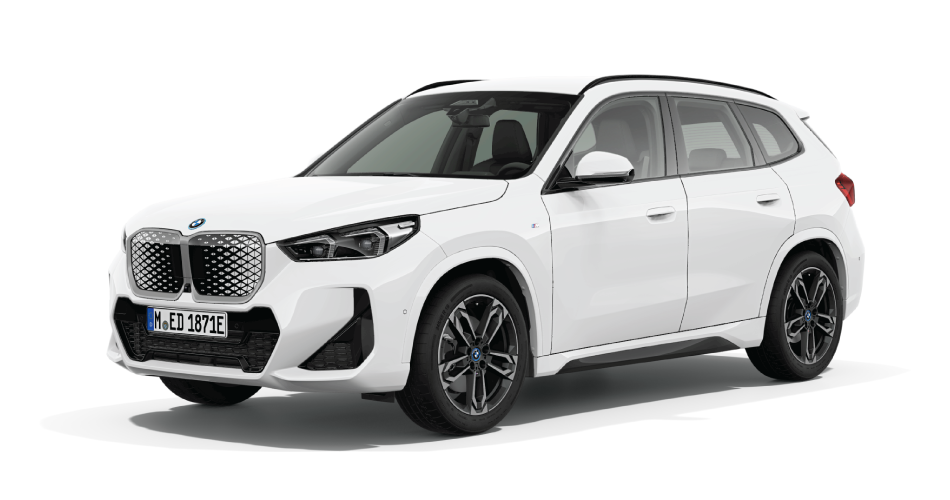
BMW i5 M60 xDrive.
- Electric range (WLTP)[2][3]: up to 516 km
- Engine Power: 442 kW
- Acceleration 0-100 km/h: 3.8 s
- Power consumption (WLTP)[3]: 18.2-20.6 kWh/ 100km
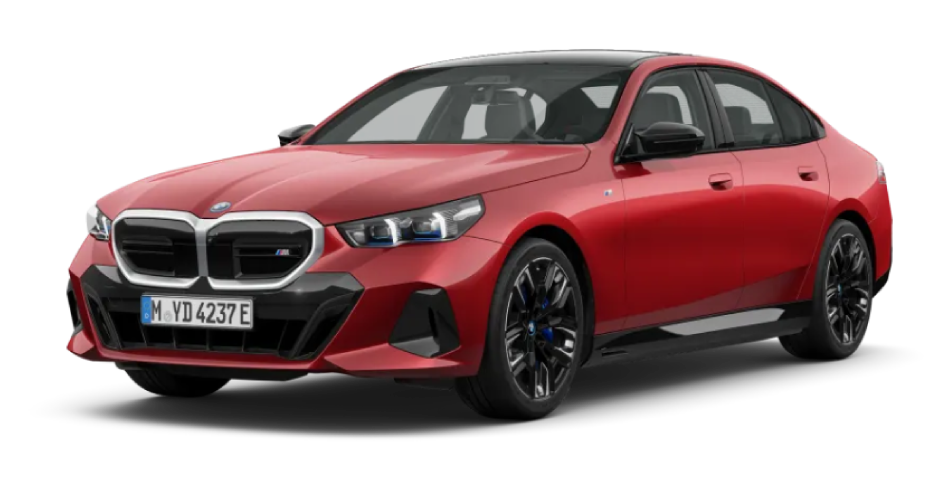
BMW i7 xDrive60.
- Electric range: up to 625 km [2][4]
- Engine power 400 kW
- Acceleration 0-100 km/h: 4.7 s
- Power consumption: 222 Wh/km [5]
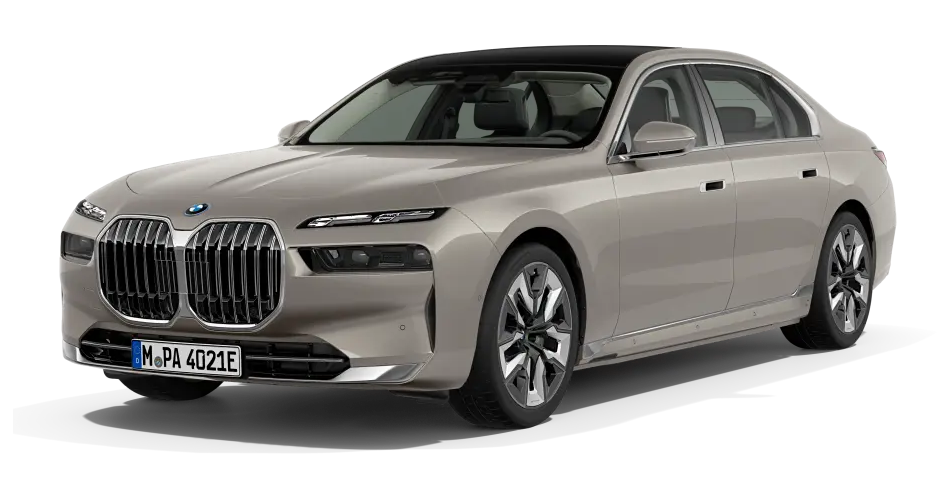
BMW iX xDrive40.
- Electric range: up to 420 km [2][5]
- Engine power: 240 kW
- Acceleration 0-100 km/h: 6.1 s
- Power consumption: 225 Wh/km [5]
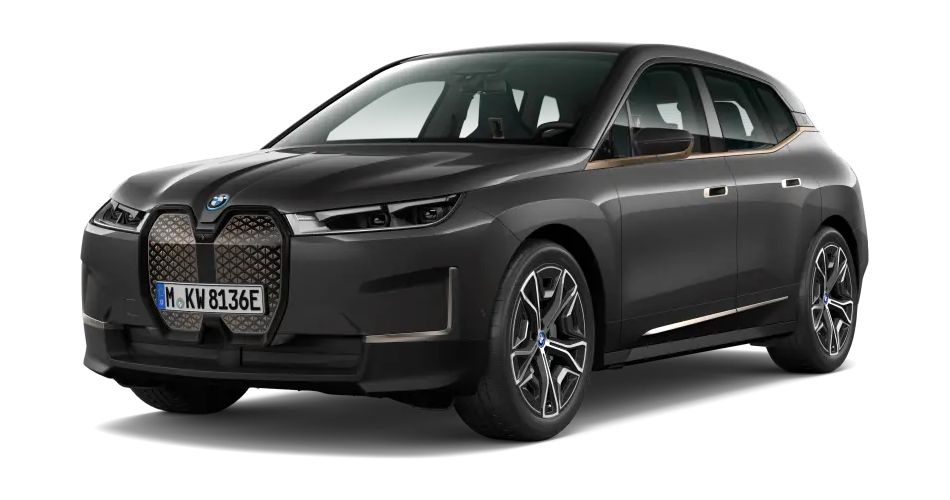
BMW i4 eDrive40.
- Electric range (WLTP)[2][3]: up to 520 km
- Engine power: 250 kW
- Acceleration 0-100 km/h: 5.7 s
- Power consumption (WLTP)[3]: 22.2 kWh/ 100km
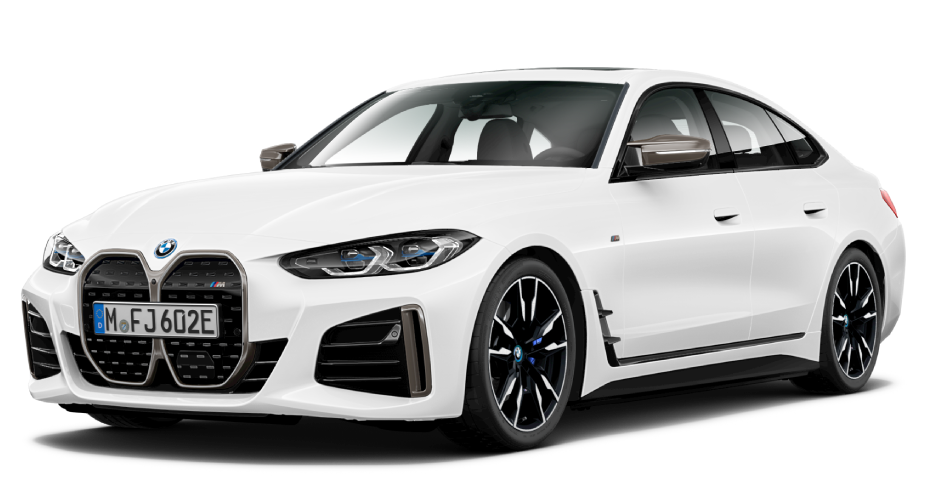
BMW iX3 M Sport.
- Electric range: up to 461 km [2][5]
- Engine power: 210 kW
- Acceleration 0-100 km/h: 6.8 s
- Power consumption: 216 Wh/km [5]
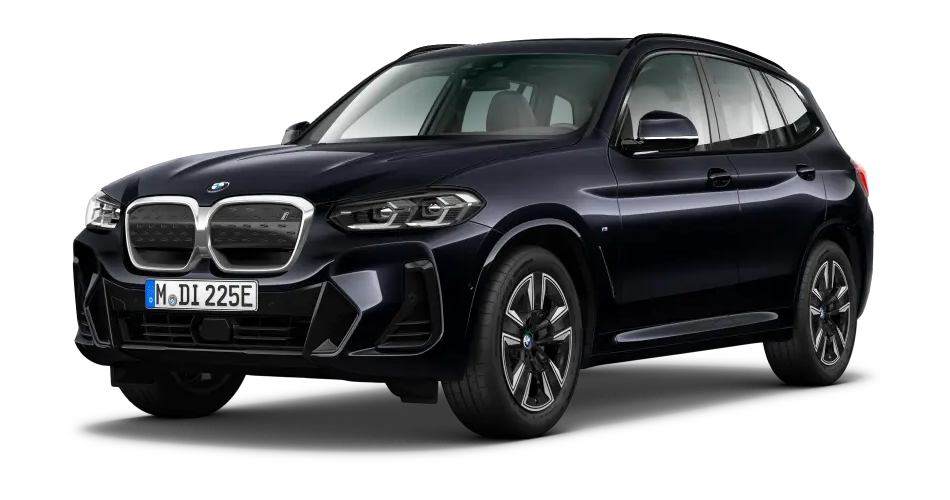

EXPLORE OUR CURRENT OFFERS ON THE ELECTRIC RANGE.
DiscoverTHE BENEFITS OF BMW ELECTRIC CARS.
Our electric cars offer a practical and sustainable mobility solution for everyday needs. Climate-friendly, convenient, economical. Find out about the benefits of electric driving pleasure that match your lifestyle.
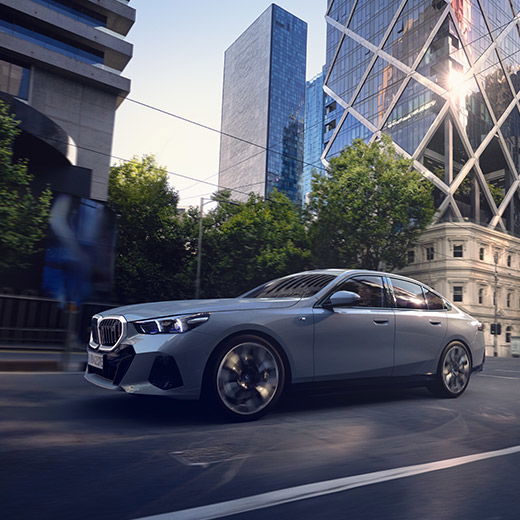
Environmentally friendly driving.
Move around without any local emissions or fossil fuels. Your electric BMW lets you travel almost silently and reduce the noise level in the city.
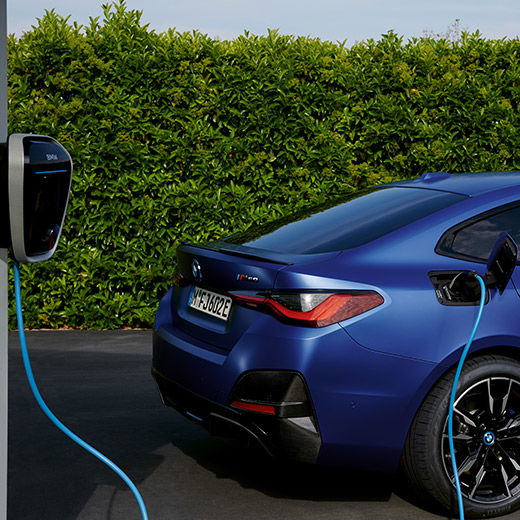
Your petrol station for the home.
Charge your BMW very conveniently at home. By plugging in overnight, you save the trip to the petrol station and time as well.

Economical to maintain.
Electric vehicles do not need any of the parts prone to wear, such as spark plugs, oil filters and an exhaust unit, which results in lower maintenance costs over the life cycle.
ELECTRIC DRIVE TECHNOLOGY.
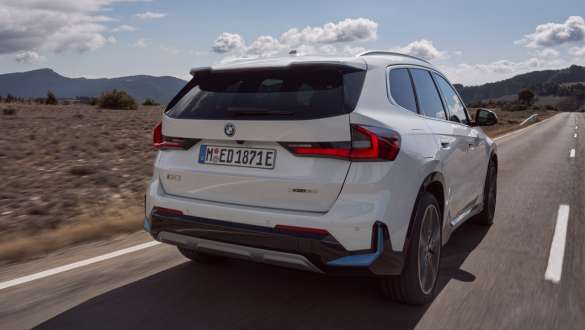
Fast acceleration.
- An electric motor brings its full output to bear immediately
- Maximum torque from the very first revolution
- Up to maximum speed without gear shifts
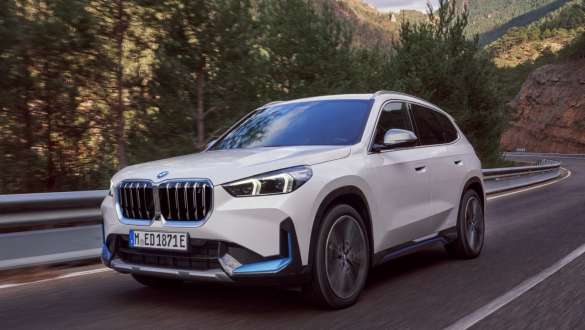
Secure handling thanks to low centre of gravity.
- Motor and battery are located in the vehicle underbody
- Lower tendency to roll
- This leads to better road holding and a sportier driving sensation
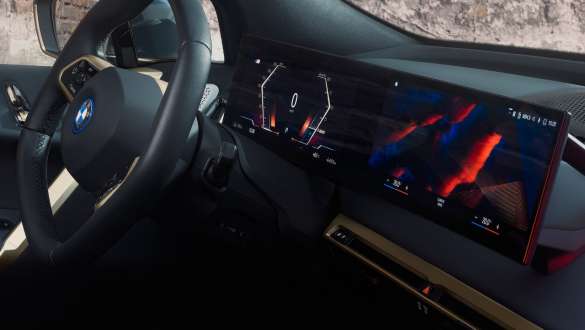
Customisable vehicle sound.
- BMW IconicSounds Electric specially composed by Hans Zimmer
- The sound follows your driving style
- Various scenarios include sporty, efficient and personalised
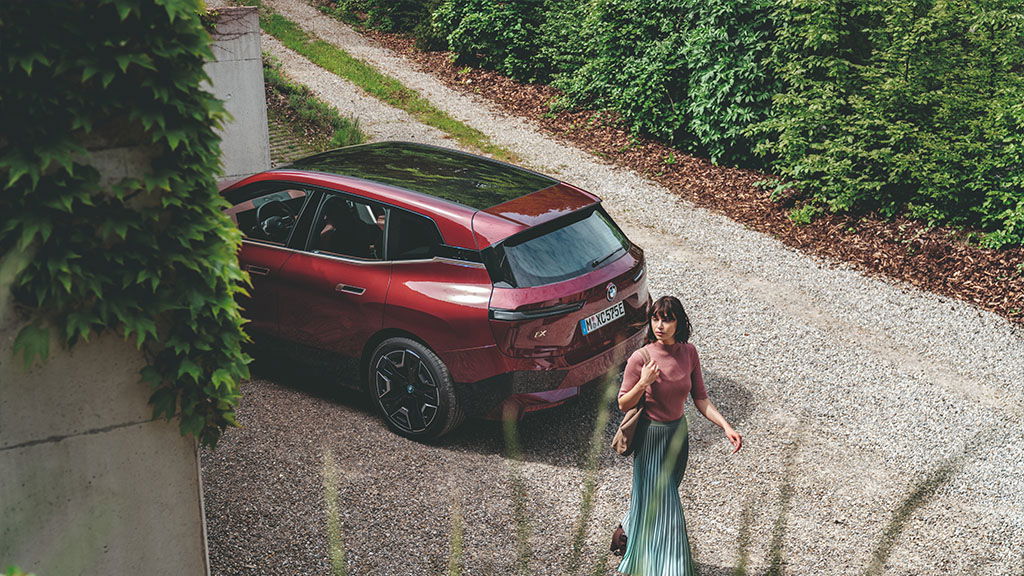
TEST DRIVE THE BMW MODEL OF YOUR CHOICE.
Would you like to experience for yourself how your ideal electric model drives and feels? Simply arrange an online appointment for a test drive when it suits you. Your local BMW partner will contact you with all the information you need.
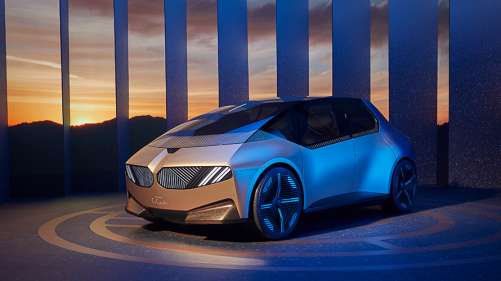
OUR VISION FOR THE FUTURE.
Re:think, Re:duce, Re:use and Re:cycle. The BMW i Vision Circular is conceived fully in line with the principles of the circular economy. In this way, the compact, fully electric vision vehicle with a focus on sustainability and luxury offers a fascinating look ahead to the year 2040.
FAQ: BMW ELECTRIC CARS.
What is an electric car?
A purely electric car (BEV, Battery Electric Vehicle) drives exclusively with electricity. It therefore has no combustion engine to power the vehicle. The electricity is stored in a battery. Its capacity determines the range of the e-car, in other words the distance that can be covered with one battery charge.
Purely electric cars are ideal for users who can charge electric cars at work or at home. At the same time, the extension of the public charging infrastructure is being pursued intensively. New charging stations are therefore appearing all the time in urban areas and along motorways. This also includes a large number of high-power charging stations for ultra-fast charging while travelling, e.g. at our partner IONITY in Europe. In the future, long-distance journeys will become easier and easier as a result.
What advantages does an electric car have?
An electric car offers an entirely new, emotionally charged driving sensation. Thanks to the torque available from a stand-still, you experience fascinating electric dynamics and spontaneous acceleration. At the same time, the almost silent electric engine gives you a new and relaxed driving experience.
When actually driving, a BEV is also emission-free (the term also used is “locally”) and thus offers maximum protection for our environment.
Additional benefits of BEVs are the highest category of country-specific subsidies and tax incentives that they entail.
What factors affect the performance of the high-voltage battery in my electric car?
A significant external factor that influences the performance and capacity of a battery is the temperature. You may have noticed the same thing with your mobile phone battery. Very cold temperatures can limit battery performance in particular. It is similar with your electric vehicle. However, our optimised performance strategies minimise the effect that temperature can have.
And did you know that the capacity of the storage system also yields information on the range you may have? In addition to temperature, the range is influenced by other factors that affect how fast energy is consumed, such as the use of air conditioning, the current load, and your driving style.
If you ever need to recharge while away from home, your BMW electric vehicle will be preconditioned for the DC charging point[1] at your destination, which means the high-voltage battery is brought to the optimum operating temperature by the time you get there. This increases the maximum power while charging and reduces the amount of time you need.
[1] Only relevant for BMW electric vehicles.
What do I have to consider if my electric car is left standing still or parked for a longer period of time?
If you don’t plan to use your vehicle for a longer period of time, such as during a holiday, there are various ways to positively effect the lifespan of your battery. Whenever possible, maintain a charge of between 30 and 50 per cent and park your vehicle in a cool place or in the shade during summer months and keep it in a garage in the winter. In addition, the vehicle should not be left plugged in for charging when stationary for longer periods of time.
TERMS AND CONDITIONS
[1] Range depends on various factors, in particular: individual driving style, route characteristics, outside temperature, heating/air conditioning, pre-conditioning.
[2] Official data for fuel consumption, CO2 emissions, power consumption and electric range was determined in accordance with the prescribed measuring procedure and corresponds to European Regulation (EC) 715/2007 in the applicable version. For ranges, data determined as per WLTP takes into account any optional equipment (available on the German market in this case). For vehicles newly type-approved since 01.01.2021, the official specifications exist only according to WLTP. In addition, NEDC values are deleted from the certificates of conformity as of 1 January 2023 by EC regulation 2022/195. For more information about NEDC and WLTP measuring procedures visit www.bmw.com/wltp
Further information about fuel consumption and official model-specific CO2 emissions of new passenger cars can be found in the "Guideline for fuel consumption, CO2 emissions and electric power consumption for new passenger cars", available free of charge at all points of sale, at the Deutsche Automobil Treuhand GmbH (DAT), Hellmuth-Hirth-Str. 1, 73760 Ostfildern-Scharnhausen, Germany, and under https://www.dat.de/co2/
[3] Electric drive with up to 200 kW, during temporary performance increase <10 seconds up to 230 kW.
[4] Electrical consumption and range is based upon the Combined Driving Test Cycle in accordance with ADR 81/02 on purpose built test vehicles and is provided for comparative purposes only. Actual range will vary in real world conditions depending on many factors including traffic conditions, driving habits, prevailing conditions and your vehicle’s equipment, condition and use.
[5] Overseas model shown with optional equipment. Local specification may vary.
The calculation of preliminary figures takes into account consumption and charging performance. Values refer to 29–33 degrees Celsius battery start and ambient temperature with certification values excluding additional auxiliary consumers such as seat heating, displays, air conditioning. Individual consumption may vary (depending on e.g. driving profile, temperature, ambient conditions) as well as the individually achievable charging performance (depending on e.g. battery state of charge, vehicle air conditioning). Consumption is based on WLTP best case. Charging performance is based on the maximum possible charging performance (depending on charging type and vehicle).
The values of fuel consumptions, CO2 emissions and energy consumptions shown were determined according to the European Regulation (EC) 715/2007 in the version applicable at the time of type approval. The figures refer to a vehicle with basic configuration in Germany and the range shown considers optional equipment and the different size of wheels and tires available on the selected model.
The CO2 efficiency specifications are determined according to Directive 1999/94/EC and the European Regulation in its current version applicable. The values shown are based on the fuel consumption, CO2 values and energy consumptions according to the NEDC cycle for the classification.
When charging times are shown they can be affected by a number of factors such as type of charger, voltage supplied to the charger/car and type of current (AC or DC) supplied to the charger/car. The car also plays a role in charging times as it can be set by the driver to accept various different amperage and should preconditioning be used to heat or cool the vehicle while charging this will also affect the charging time. The basis for the calculation of the charging times for 100 km range is the electric consumption of the vehicle based on the use of a high-Powered Charging station (HPC) or charging type and current as indicted in the literature above. The testing procedure measures are based on a 23 degrees Celsius battery start and ambient temperature with certification values excluding additional auxiliary consuming devices and systems within the vehicle such as seat heating, displays, air conditioning.
Individual consumption (fuel economy) may differ due to driving profile, vehicle load profile, auxiliary consumer usage, temperature, and ambient conditions. Consumption is based on WLTP or NEDC (whichever is indicated) best case conditions and is independently tested for BMW Group. If you are comparing this range with other models or brands make sure they are stating the same WLTP or NEDC testing regime. These results can be used to compare vehicles on a close to “like for like” basis but are unlikely to be achieved in real world conditions for reasons including temperature variation, driving conditions and the use of the auxiliary systems referred to above.
Information provided and images displayed on this site include overseas models and may show some features not available in New Zealand. Please contact our dealership staff for specific information on vehicles and features available in New Zealand. Product changes may have been made since production of this content.




